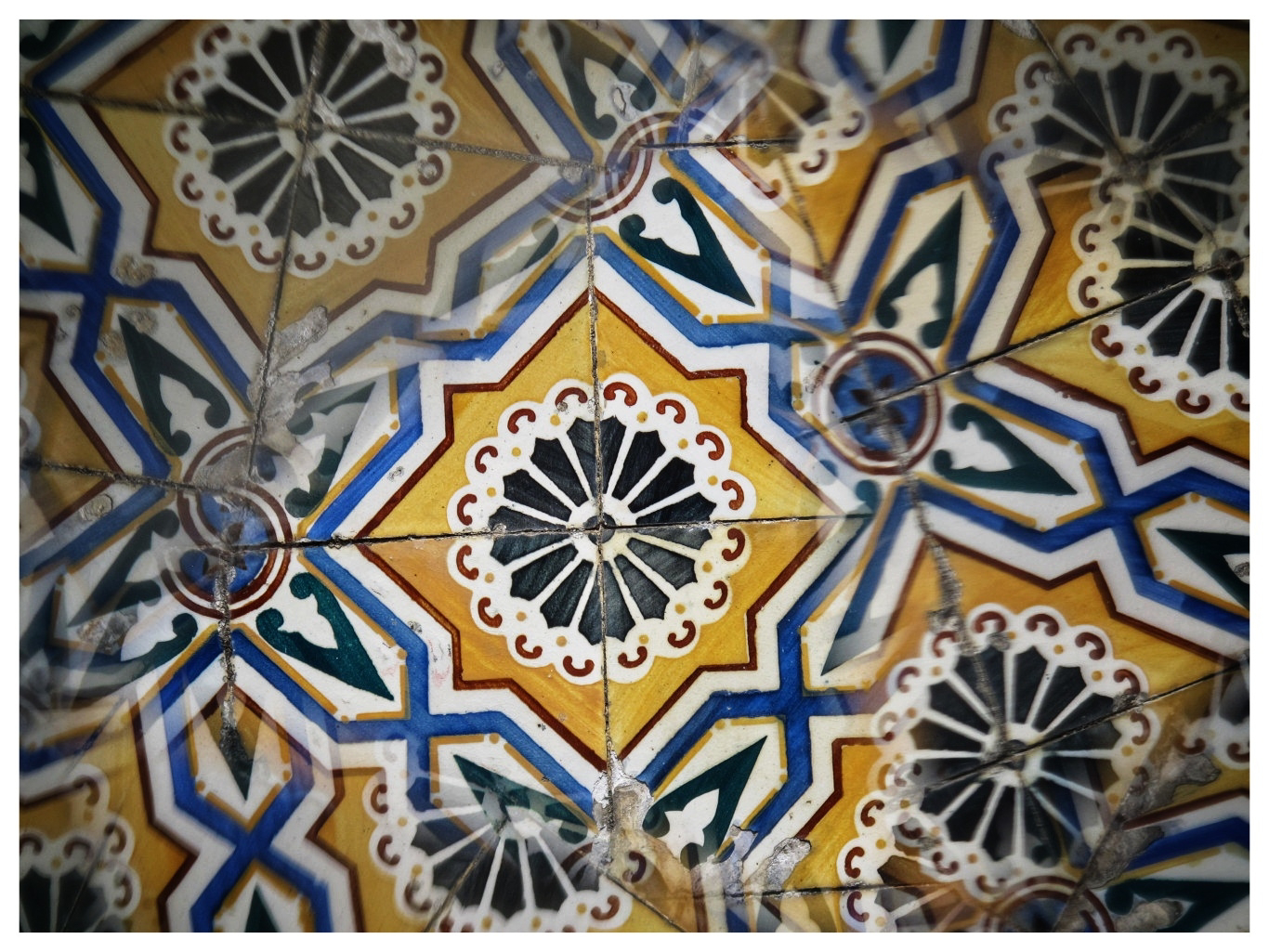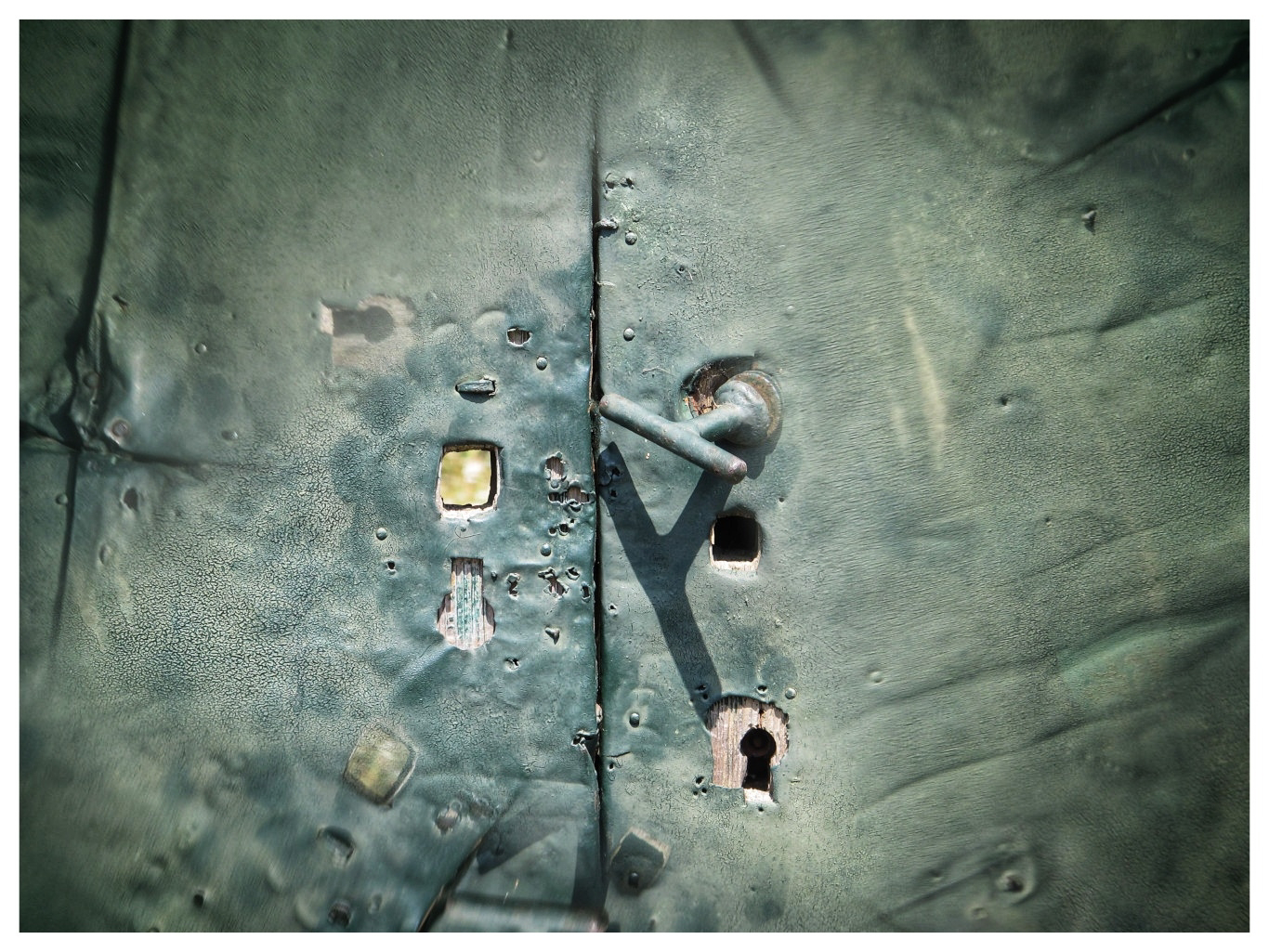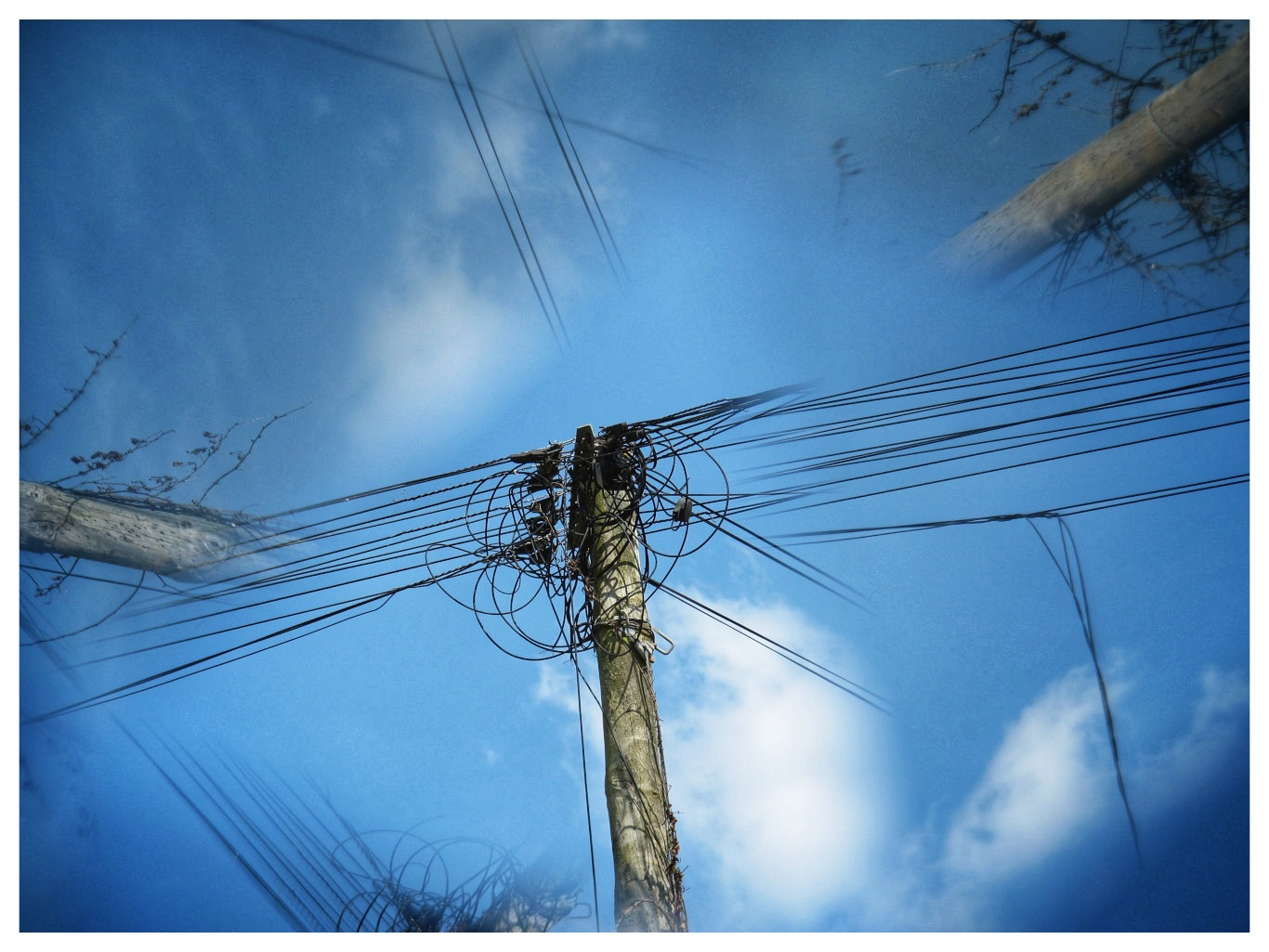Lens-Artist Challenge #354: Reflections
Lens-Artist Challenge #354: Reflections
It's Anne's turn, from Slow Shutter Speed, to host the Challenge this week, and I couldn't be more excited. Her theme is, 'Reflections', (https://annegeephoto.com/2025/06/21/lens-artist-challenge-354-reflections/) and as soon as I saw this, I knew instantly what I was going to do. Not the subject, necessarily, but certainly the technique. It was time to break out the Vortoscope again
Back in the early twentieth century, a group of British artists and poets formed the Vorticist movement, an offshoot of cubism, which 'rejected landscapes and nudes in favour of a geometric style that was much more abstract' (https://boshamgallery.com/blog/28-what-is-a-vortograph-the-world-s-first-truly-abstract-photographs-were-made/). Published by writer and artist Wyndam Lewis in 1914, a manifesto pamphlet called 'Blast' (https://archive.org/details/BlastNo.1) declared, 'Long live the Vortex! Long live the great art vortex sprung up in the centre of this town! [London]
We stand for the Reality of the Present — not for the sentimental Future, or the sacripant Past. We want to leave Nature and Men alone'.
The manifestos in Blast carried on like that for another 200 or so pages, and from the quote above, I'm not even sure what 'sacripant' means. From what I can tell, it's from the French meaning, scoundrel, or rogue, so I imagine the Vorticists were just trying to distance themselves from a 'scandalous' past. Anyhow, around 1915, the American photographer and recent émigrée to London, Alvin Langdon Coburn, met one of the Vorticists, poet Ezra Pound, and became involved in the movement.
Over a period of just one month, Coburn produced a series of portraits and photographs which featured overlapping and abstract images, and to create these he made a device that Ezra Pound called a Vortoscope, and the photographs it produces Vortographs. A triangle of mirrors like a kaleidoscope, when viewed through the camera the subject was fractured and reflected within it. The Vortoscope I made was a triangle of mirrors 3cm wide and 15cm in length. On reflection (pun definitely intended) I should have made each edge a little wider, though the Vortoscope works fine.
In use, the Vortoscope is simply held over the lens of the camera and the image in the viewfinder, or on the LED screen, is broken up and presented as a kind of abstract. A lot actually depends on the subject, and I'm not convinced that I've ever found the right subject/Vortoscope combination. The original Vortoscope was always awkward to hold in front of the lens, so I've mounted it semi-permanently to a UV filter mount (with the filter removed), which hopefully will make use of the Vortoscope a little bit easier. The images were taken with a Canon Powershot G12, and mounted on a filter attachment.
I took one of my regular walks around the block, but this time I took a different route and I tried to make vortographs of man-made objects; telephone and electricity poles, doors and gates, machinery, and the patterns of the porcelain tiles that cover a lot of the houses in Portugal. Below is a vortograph from a couple of years ago. It's not intended for this Challenge, but it remains one of my favourite images.
Themes for the Lens-Artists Challenge are posted each Saturday at 12:00 noon EST (which is 4pm, GMT) and anyone who wants to take part can post their images during the week. If you want to know more about the Challenge, details can be found here (https://photobyjohnbo.com/about-lens-artists/), and entries can be found on the WordPress reader using the tag 'Lens-Artists'.
If you are on Mastodon, you can now follow this blog directly. Just go to Mastodon and follow the 'Snapshot' WordPress account at @keithdevereux.wordpress.com@keithdevereux.wordpress.com. All new posts will be automatically updated to your timeline.
#Reflections, #LensArtists, Lens-Artists, #Challenge, #Cubism, #Art, #Abstract, #Photography. #ModernArt, #Surrealism, #Cubist, #Vintage, #Vortoscope, #Vortograph, #Vortism,















Comments
Post a Comment